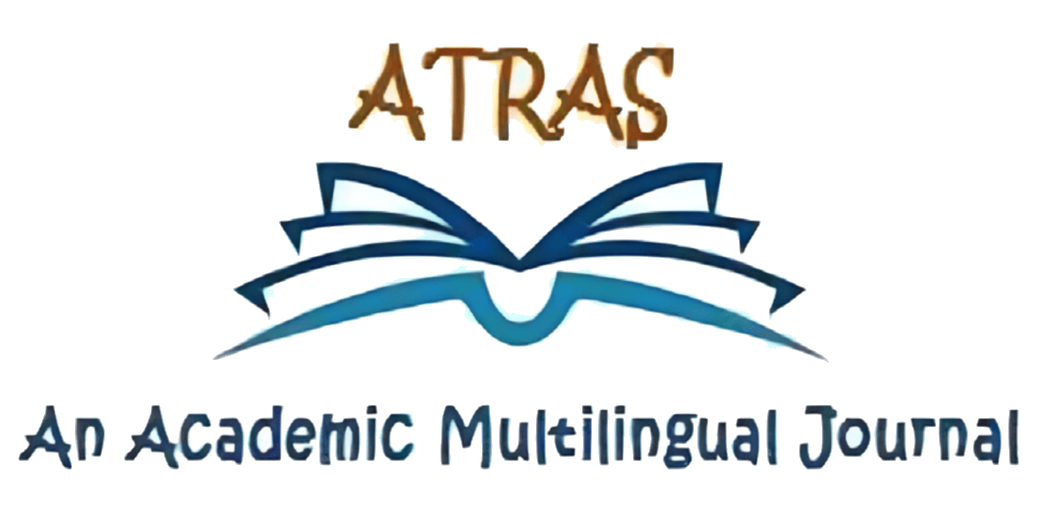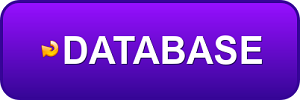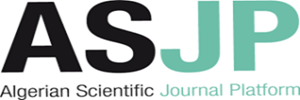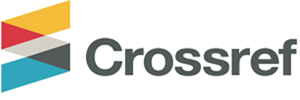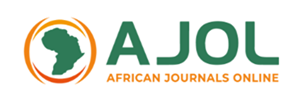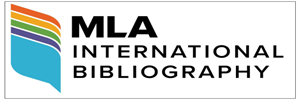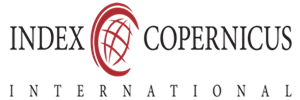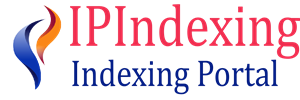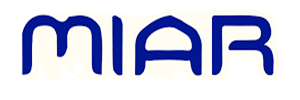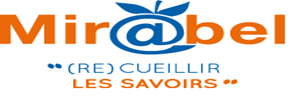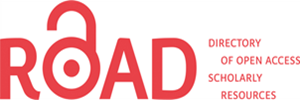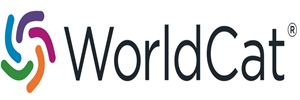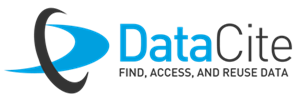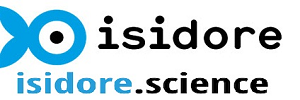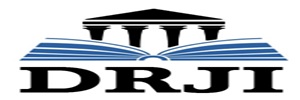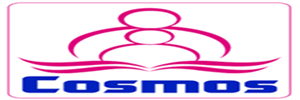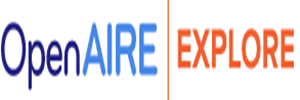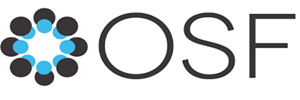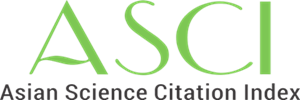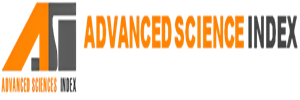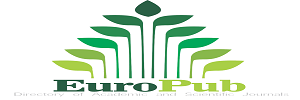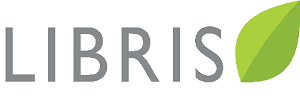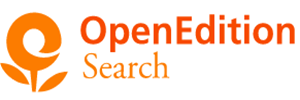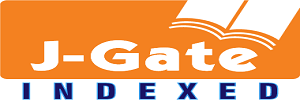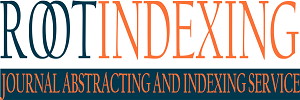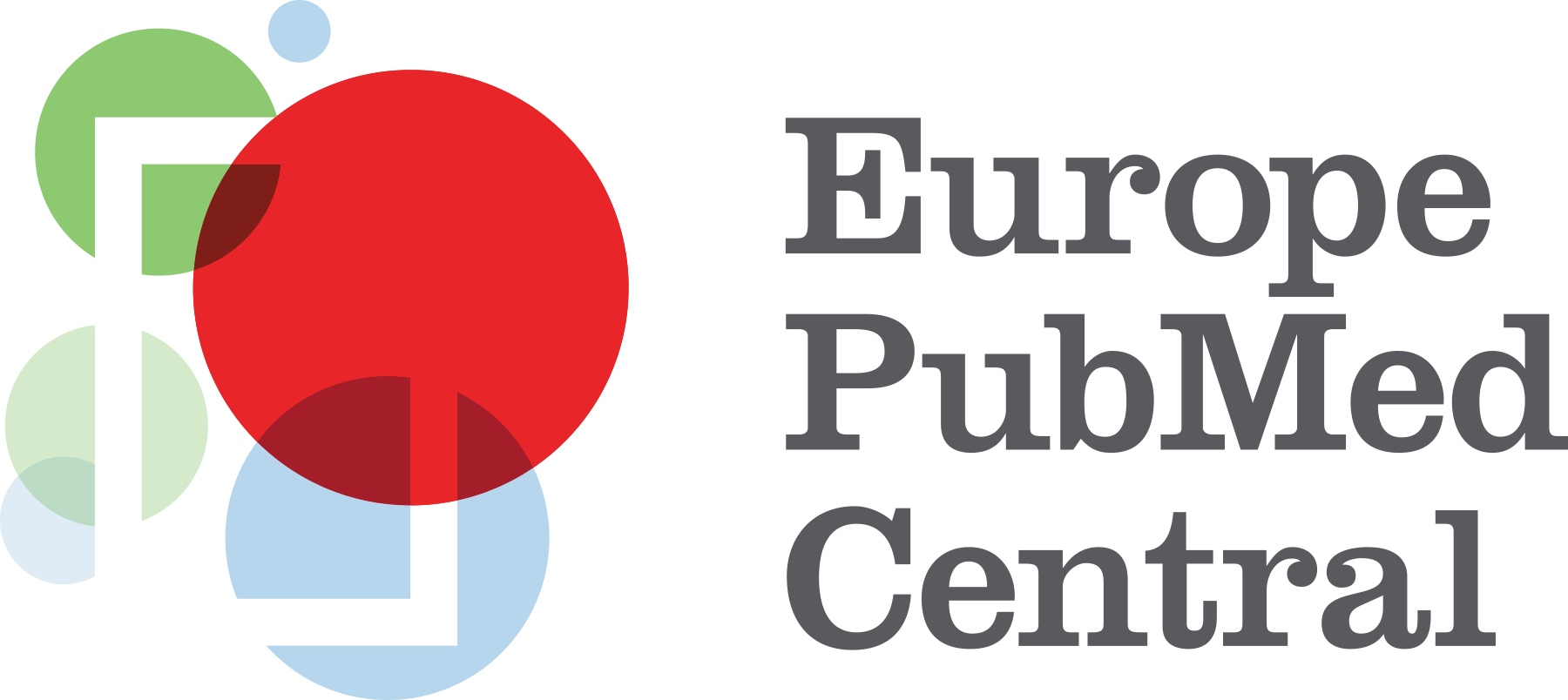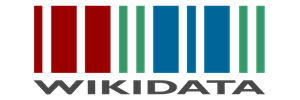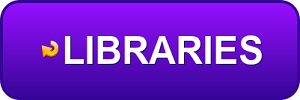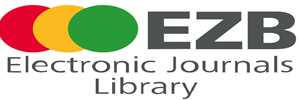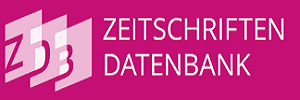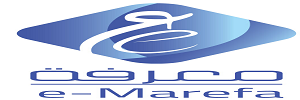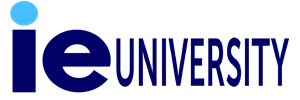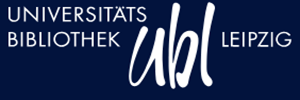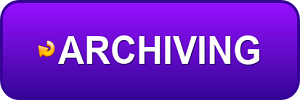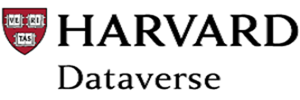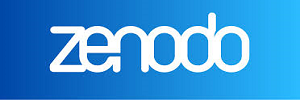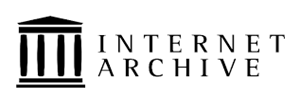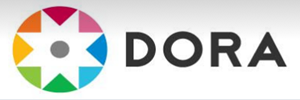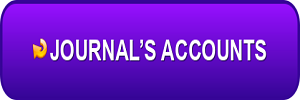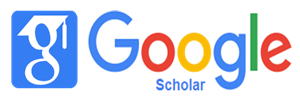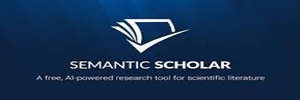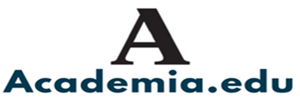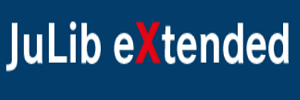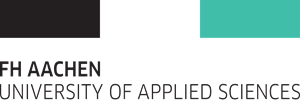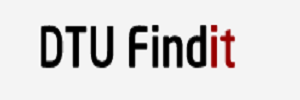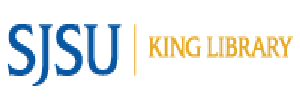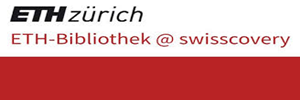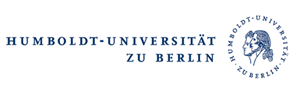Questioning the Usefulness of the Bilingual Dictionary in Print Format as a Translation Aid in the Age of ChatGPT
Abstract
The diversity of fields of knowledge and the huge flow of information around the globe brought about a new phenomenon: the use of technology to disseminate knowledge. Translation is a means to reach that; it is extensively concerned with the latest technological update, either regarding means or regarding the fields of knowledge. Translation means are no longer exclusively based on the use of traditional tools, particularly with the outstanding technological revolution that transformed the perception of translation aids and their contribution to the success of the translation process. This article attempts to shed light on the usefulness of dictionaries in print format as translation aids in the age of ChatGPT, a tool that revolutionized the classical perception of dictionaries as a classical translation aid either in translation training or in professional translation practices. It stems from the reality that translation practices are dependent on technology and online language tools in general. It poses the following research question: To what extent is the bilingual dictionary in print format still a useful translation aid in the age of ChatGPT, either in training future translators or in translation practice? What indicates its (un)usefulness in both uses? An investigative study approaches the unreliability of ChatGpt linguistic resources to replace the print format dictionary since the tool is deprived of the interpretive contextual faculty needed to perform the translation task. Extracts are taken from advertisement documents to approve the validity of the hypothesis.
Keywords: Artificial intelligence, bilingual dictionary, ChatGPT, print format dictionary, translation aid
DOI:
https://doi.org/10.70091/atras/AI.9
How to Cite this Paper :
Koudded, M., & Cojocaru, A. (2024). Questioning the Usefulness of the Bilingual Dictionary in Print Format as a Translation Aid in the Age of ChatGPT. Atras Journal, 5 (Special Issue), 151-162.
References:
Boulanger, P.(1989). The translation of ‘transparency’ in the Canadian press: An inquiry into symbolic power. Meta, Ottawa.
Cellard, J., & Rey, A. (1991). Dictionnaire du français non conventionne[Dictionary of non conventional dictionary]. Paris: Hachette.
Dancette, J.(2004). Le Dictionnaire objet du patrimoine culturel [The Dictionary as an Object of Cultural Heritage]. Meta, 4.
Delisle, J. (1981). La traduction raisonnée [Well-argued Translation] Ottawa, PUO.
Durieux, C. (1988). Fondement didactique de la traduction technique [Didactic grounds of Technical Translation]Paris: Didier Erudition.
Foucault, M. (1966).Les mots et les choses [words and things].Paris: Gallimard.
Guerreiro, N. M.(2023). Hallucinations in large multilingual translation models.Transactions of the Association for Computational Linguistics, 11, 1500–1517.
Hearne, M., & Way, A. (2006).Disambiguation strategies for data-oriented translation.In EAMT 2006, 11th Annual Conference of the European Association for Machine Translation, Oslo.
Heidegger, M. (1982).On the Way to Language (P.D. Hertz & J. Strambaugh, trans.). New York: Harper & Row.
Mohamed, Y. A.(2024). The Impact of Artificial Intelligence on Language Translation: A Review. IEEE Access, 12 25553-25579. 10.1109/ACCESS.2024.3366802.
Nida, E. A., & C. R. Taber (1969).The Theory and Practice of Translation.Netherlands: Leiden & E. J. Brill.
Peng, K.(2023). Towards Making the Most of ChatGPT for Machine Translation.5622-5633. 10.18653/v1/2023.findings-emnlp.373.
Seleskovitch,D. (1969). Interpréter pour traduire[Interpreting for Translating].Paris Erudition.
Wandruszka, M.(1972). Le bilinguisme du traducteur [The Bilingualism of the Translator].Langages, 7 (28), 102-109.DOI: https://doi.org/10.3406.

Copyright for all articles published in ATRAS belongs to the author. The authors also grant permission to the publisher to publish, reproduce, distribute, and transmit the articles. ATRAS publishes accepted papers under the Creative Commons Attribution-NonCommercial 4.0 International (CC BY-NC 4.0) License. Authors submitting papers for publication in ATRAS agree to apply the CC BY-NC 4.0 license to their work. For non-commercial purposes, anyone may copy, redistribute material, remix, transform, and construct material in any media or format, provided that the terms of the license are observed and the original source is properly cited.
